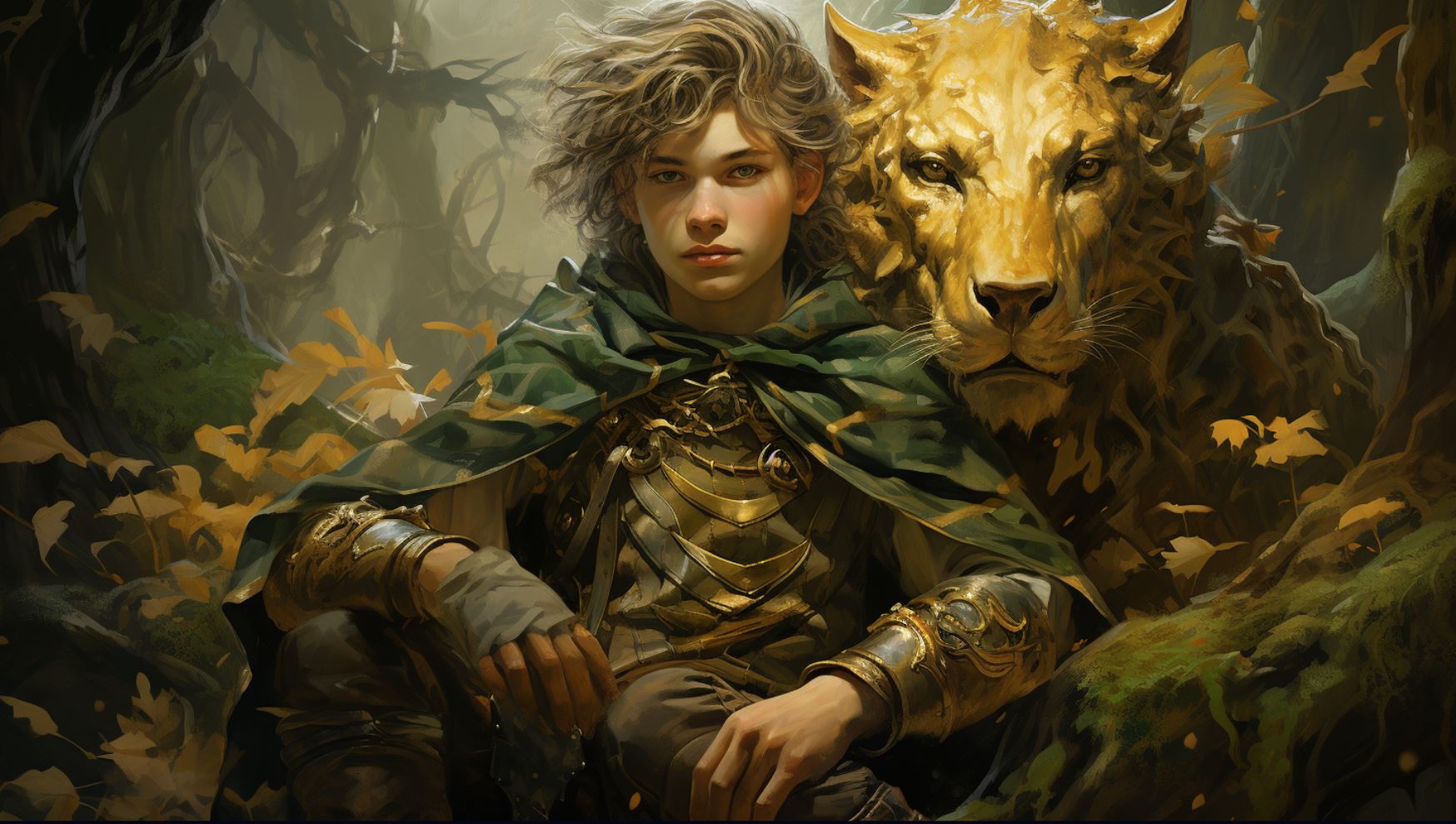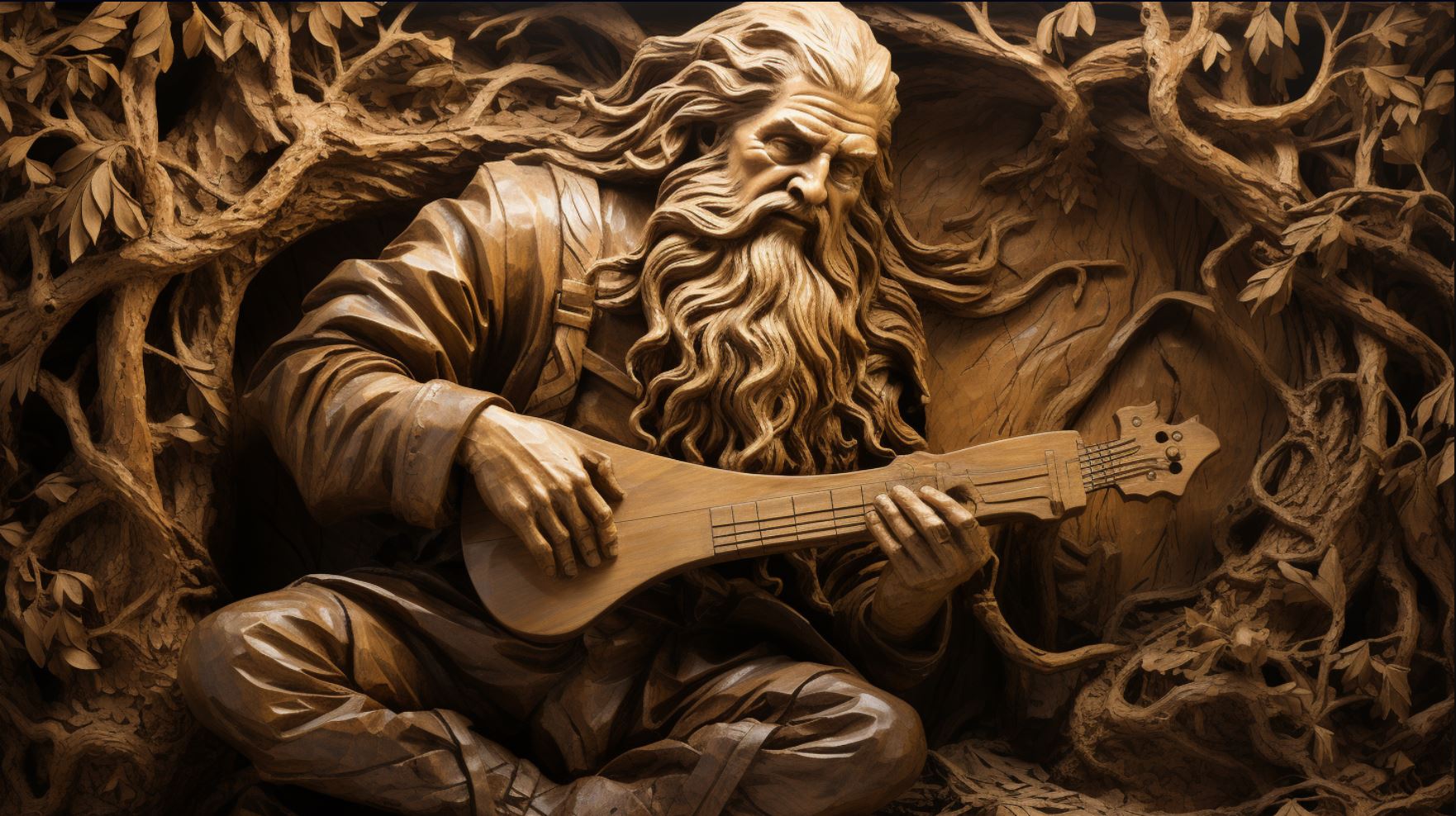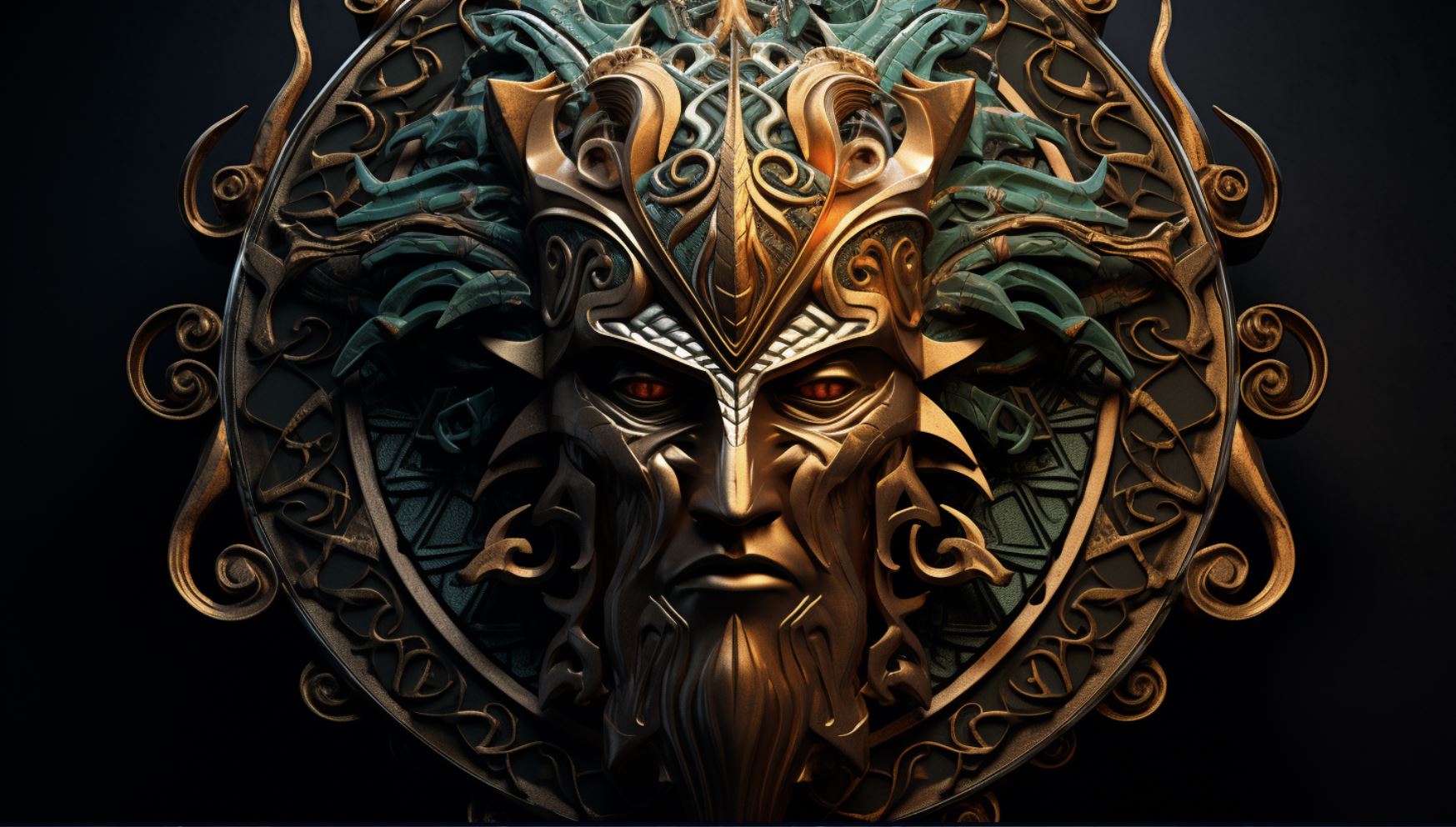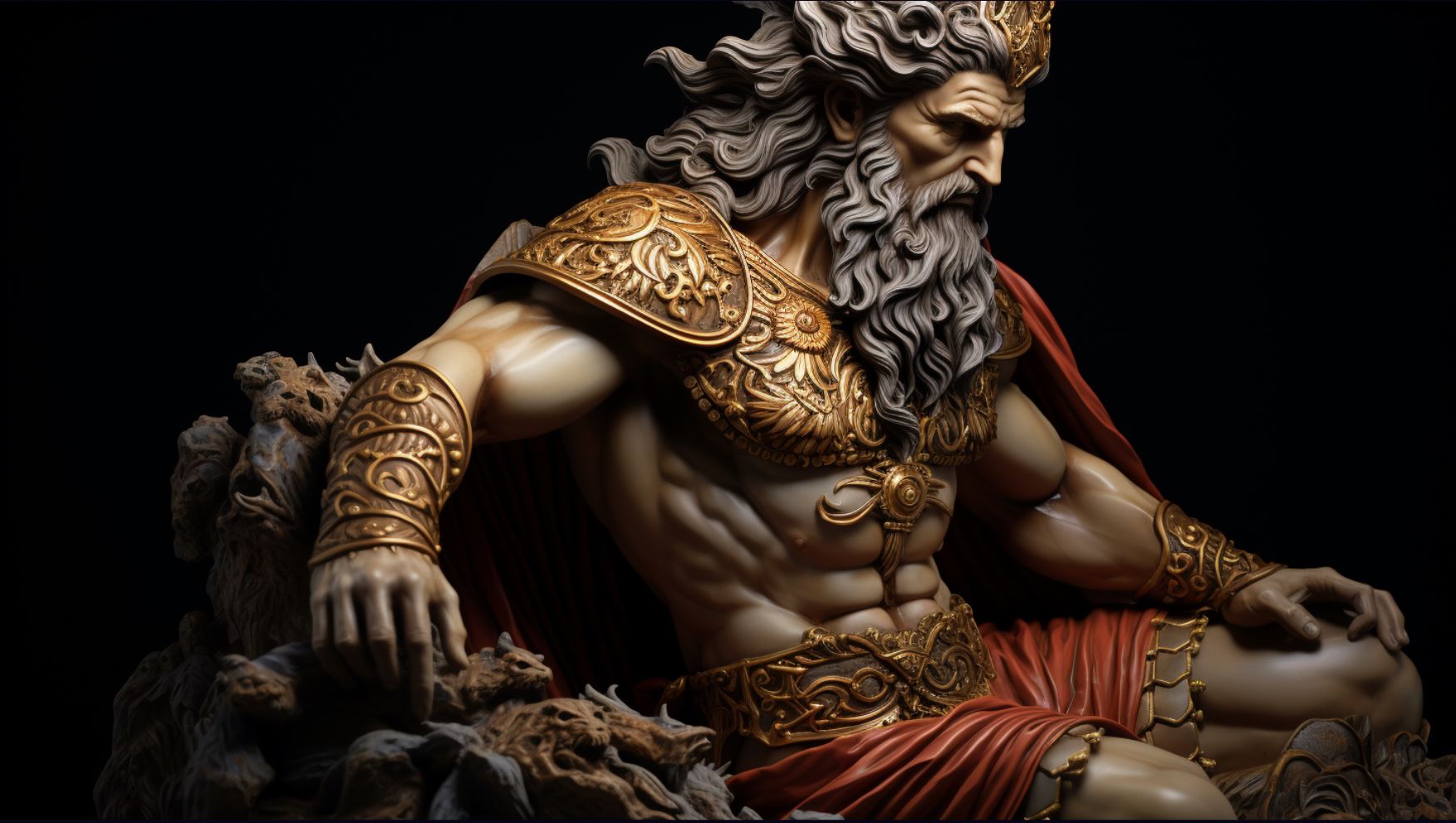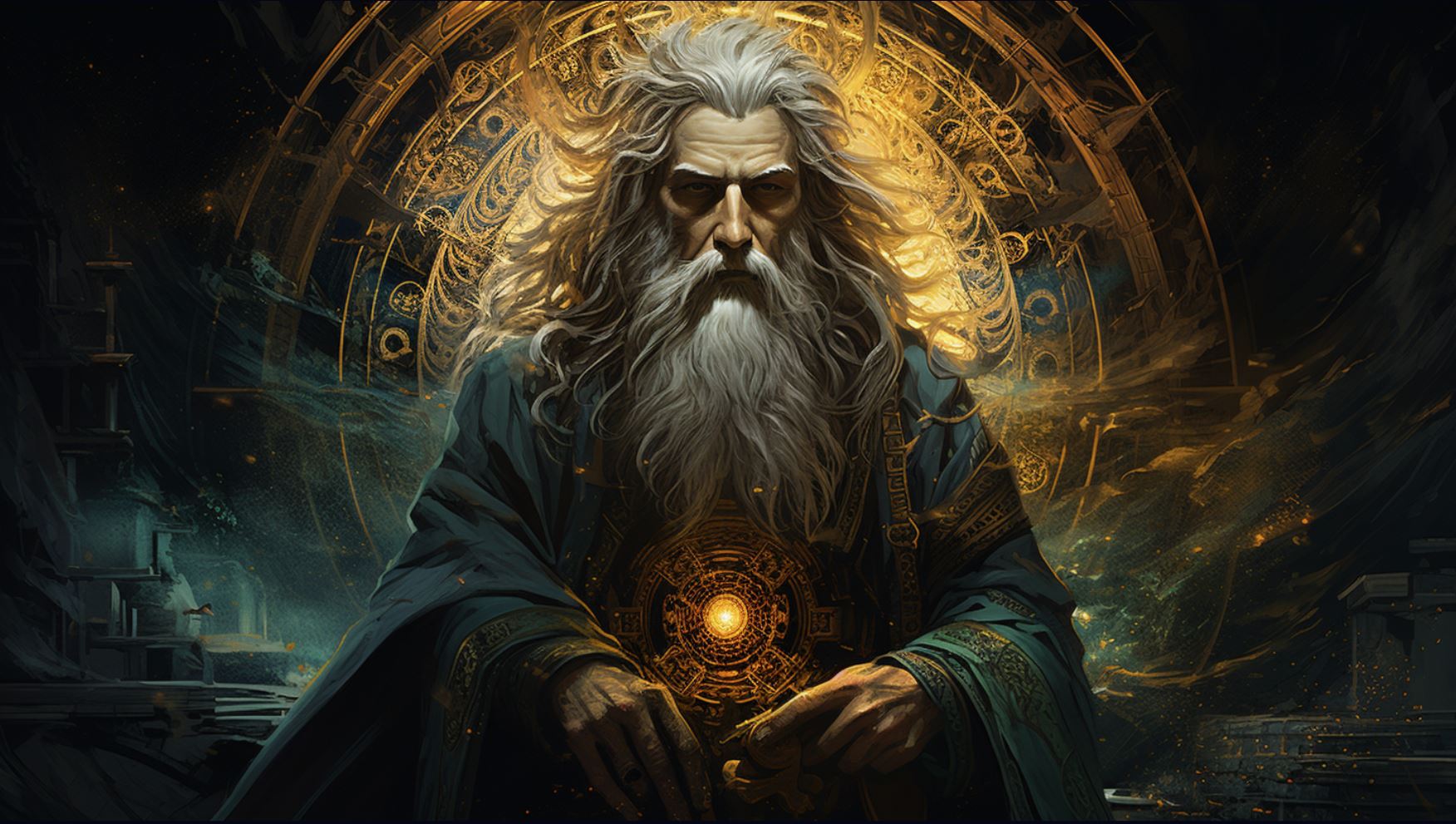Loucetios God: Unveiling the Celtic Deity of Light and Thunder
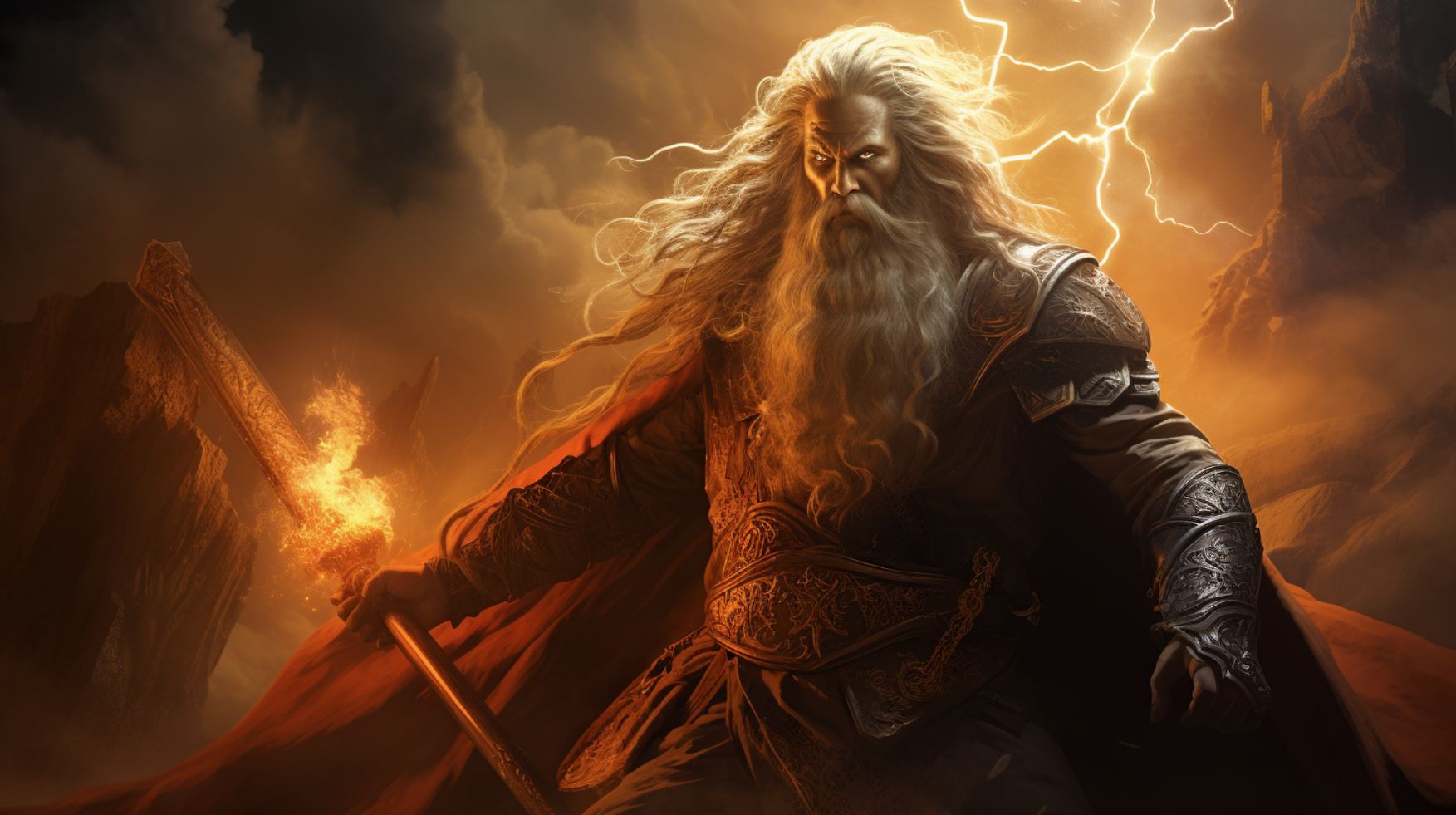
Loucetios god, a Celtic deity of light and thunder, holds significant origins and associations with Roman gods such as Mars. Revered for his role in protecting boundaries and sacred spaces, Loucetios is also linked to healing, possibly through Bath’s thermal waters.
In mythological tales, Loucetios appears as a divine warrior and master artisan, overcoming challenges and facing betrayal. His divine partnership with Nemetona, the goddess of sacred forests, further enhances his mythological legacy.
This article explores Loucetios’ mythological significance, historical references, and influences in contemporary literature, shedding light on his enduring presence.
Origins and Significance in Celtic Culture
The fascinating world of Celtic mythology unveils a deity known as Loucetios, who embodies the essence of light and thunder. With origins deeply rooted in Celtic culture, Loucetios holds immense significance in the spiritual beliefs and folklore of the Celts.
As a deity associated with light, he symbolizes illumination, enlightenment, and divine power. The thunderous aspect of Loucetios represents strength, protection, and the awe-inspiring forces of nature.
Associations with Roman Gods and Bath Worship
Intriguingly, Loucetios’s influence transcended beyond Celtic culture, intertwining with the ancient Roman religion.
Roman followers associated him with Mars, the Roman god of war. This connection not only showcases the cultural exchange and syncretism between the Celts and Romans but also highlights Loucetios’s power and role as a divine protector on the frontiers.
Moreover, worshippers embraced Loucetios’s connection to the sacred Bath, where his presence manifested through the healing properties of thermal waters.
Loucetios and Nemetona: Divine Partnership in Celtic Mythology
Within Celtic mythology, the enchanting divine partnership between Loucetios and Nemetona unfolds. Nemetona, revered as the goddess of sacred forests, complements Loucetios’s attributes of light and thunder, heightening their combined divine energy.
As a couple, they embody the balance between the sacred natural world and the forces of enlightenment. Their divine union symbolizes the harmonious relationship between the spiritual and earthly realms, fostering the protection of sacred spaces and balancing civilization.
Stay tuned for more explorations into the historical context, mythical tales, and modern interpretations surrounding the captivating presence of Loucetios, the Celtic deity of light and thunder.
Loucetios in History and Mythology
Loucetios, the Celtic deity of light and thunder, has a rich history and mythology that captivates scholars and enthusiasts alike.
Through various sources and narratives, his character is unveiled, showcasing his role as a divine warrior and master artisan.
Loucetios in the Mabinogion: The Divine Warrior and Master Artisan
One of the significant references to Loucetios can be found in the Mabinogion, a collection of Welsh mythological tales. Here, Loucetios is portrayed as a divine warrior, skilled in combat and revered for his unmatched prowess.
His reputation as a master artisan is also highlighted, demonstrating his ability to craft and create with exceptional skill and precision.
The Taboos and Challenges Faced by Loucetios
Loucetios’ journey is not without challenges and taboos. As a part of his mother Arianrhod’s conditions, he must navigate a series of restrictions, including not having a name, not possessing any weapons, and marrying a non-human wife.
These taboos become pivotal points in his story, testing his resolve and resilience.
Betrayal and Transformation: Loucetios’ Marriage to Blodeuwedd
One of the most well-known aspects of Loucetios’ mythology revolves around his marriage to Blodeuwedd, a woman made of flowers. Tragically, Blodeuwedd orchestrates Loucetios’ downfall, leading to his injury and subsequent transformation into an eagle.
However, through the intervention of others, Loucetios is eventually restored to his human form, highlighting the themes of betrayal and transformation inherent in his tale.
Loucetios and the Legends: Insights from Modern Literature
Modern literature has been greatly influenced by the captivating mythological figure of Loucetios, incorporating his essence into various works of fiction.
Renowned authors like Neil Gaiman and others have skillfully woven Loucetios into their narratives, adding depth and intrigue to their stories.
Loucetios’ Influence in Contemporary Works by Neil Gaiman and Others
One notable instance of Loucetios’ presence in modern literature can be found in Neil Gaiman’s best-selling novel, “American Gods.”
Gaiman incorporates Loucetios as a prominent character, drawing upon the deity’s fascinating attributes of light and thunder to enhance the narrative’s mystical elements. The god’s significance in the story serves as a testament to his enduring appeal and relevance in contemporary fiction.
Other authors have also embraced the mythical allure of Loucetios in their imaginative creations. Their works explore his roles as a divine protector, an agent of change, and a symbol of power and transformation.
Through their vivid descriptions and captivating storytelling, these authors allow readers to delve deeper into the multifaceted nature of Loucetios, shedding light on the timeless fascination with his mythological legacy.
Examining the Depictions of Loucetios and His Mythological Legacy
Delving into the depictions of Loucetios in modern literature uncovers intriguing insights into his mythological legacy.
Various authors have presented diverse interpretations of this enigmatic deity, showcasing his complexity and the fascinating interplay of his attributes, such as his connection to light, thunder, warfare, and the natural world.
- Some authors emphasize Loucetios’ role as a guardian of boundaries and sacred spaces, exploring his association with the protection of civilizations and the balance between the divine and mortal realms.
- Others delve deeper into Loucetios’ healing abilities and his potential connection with the therapeutic qualities of natural hot springs, like those found in Bath, which were believed to hold divine properties.
- Moreover, the examination of Loucetios’ relationships, particularly with the goddess Nemetona, provides insights into the dynamics of divine partnerships and their significance within Celtic mythology.
Through meticulous research and imaginative interpretations, modern literature unravels the multifaceted aspects of Loucetios, offering readers a glimpse into the profound impact he continues to exert on artistic expression and the perpetuation of Celtic mythological traditions in contemporary times.
Treveri Inscriptions and References to Loucetios
When delving into the rich history and mythology of Loucetios, it becomes evident that references and inscriptions dedicated to this Celtic deity are scattered throughout various regions. Particularly noteworthy are the inscriptions discovered in Treveri, which shed light on the worship and reverence of Loucetios in ancient times.
Unearthing Loucetios’ Presence in Luguvalium (Carlisle)
The ancient city of Luguvalium, known today as Carlisle, provides valuable insights into the presence of Loucetios in Roman Britain. Excavations and archaeological findings have unveiled altars and inscriptions dedicated to this powerful deity, further affirming his importance within the Celtic and Roman religious practices of the time.
- One notable altar discovered in Luguvalium depicts Loucetios alongside his divine partner, Nemetona, solidifying their divine partnership and highlighting their mutual significance in the religious landscape.
- The inscriptions found in this region offer glimpses into the rituals and offerings dedicated to Loucetios, emphasizing the belief in his protective and healing abilities.
- These findings also indicate the connection between Loucetios and the sacred spaces within Luguvalium, underscoring his role as a guardian of boundaries and civilization.
Exploring the Altars and Inscriptions Dedicated to Loucetios
Further exploration of the altars and inscriptions dedicated to Loucetios reveals intricate details about the beliefs and practices associated with this revered Celtic deity.
These inscriptions often provide clues about the specific individuals or communities that commissioned the altar and their devotion to Loucetios. Some inscriptions demonstrate gratitude for received blessings, while others serve as tokens of veneration and supplication.
- As these inscriptions are deciphered, scholars gain a deeper understanding of the role Loucetios played in the lives of the ancient Celts, his connections to healing, protection, and the worship of sacred spaces becoming increasingly significant.
- Moreover, these dedicatory inscriptions highlight the continued importance of Loucetios even in the Roman period, where his cult endured and assimilated into the larger religious tapestry of the time.
- Through the study of these inscriptions, historians and archaeologists can piece together a more comprehensive portrayal of the beliefs and practices surrounding Loucetios, allowing us to glimpse into the spiritual lives of the ancient Celts.
By examining the treasured inscriptions found in Treveri and other regions, we gain a deeper appreciation for the enduring legacy of Loucetios and the profound impact he had within Celtic culture and beyond.
.












